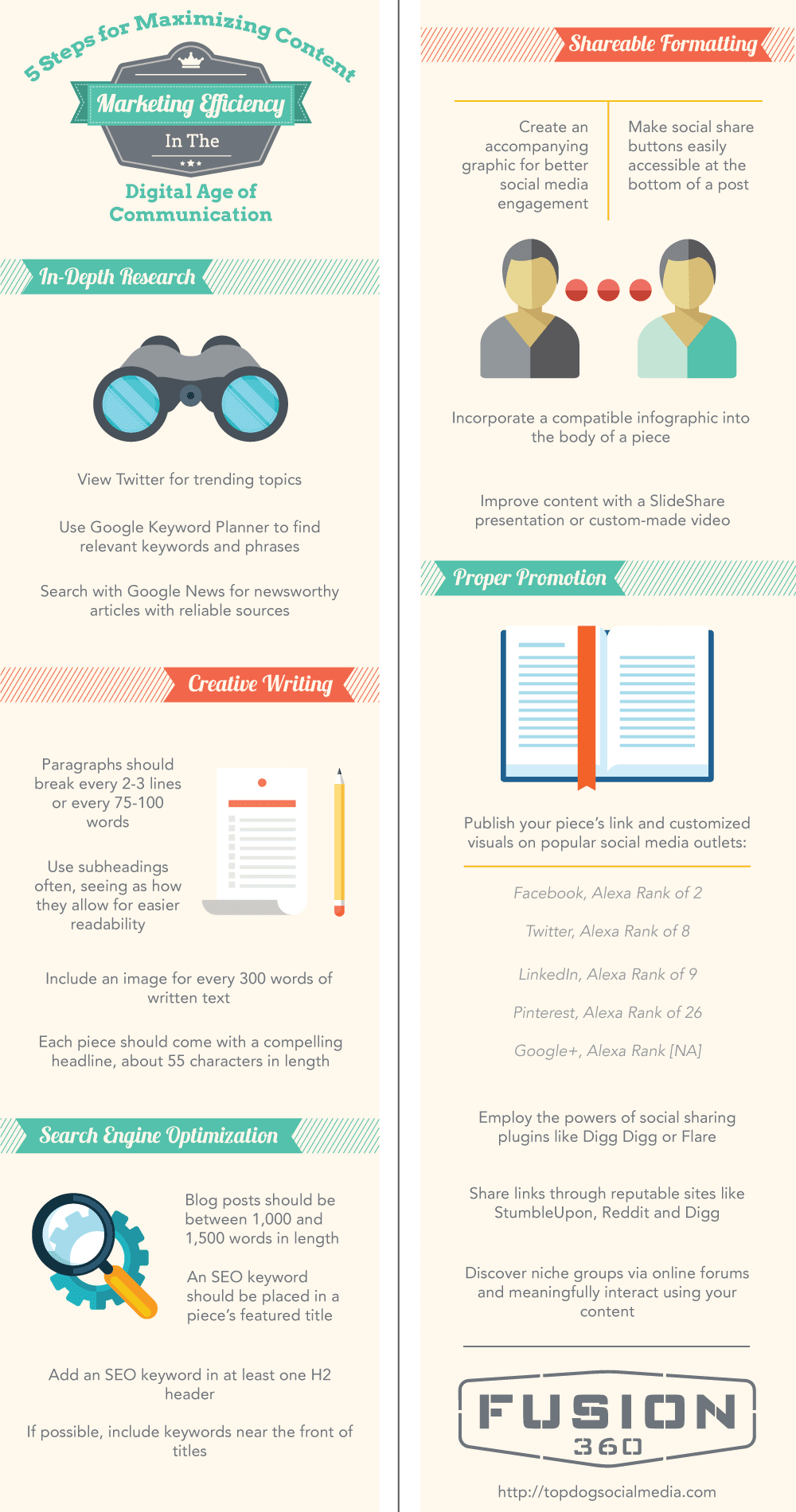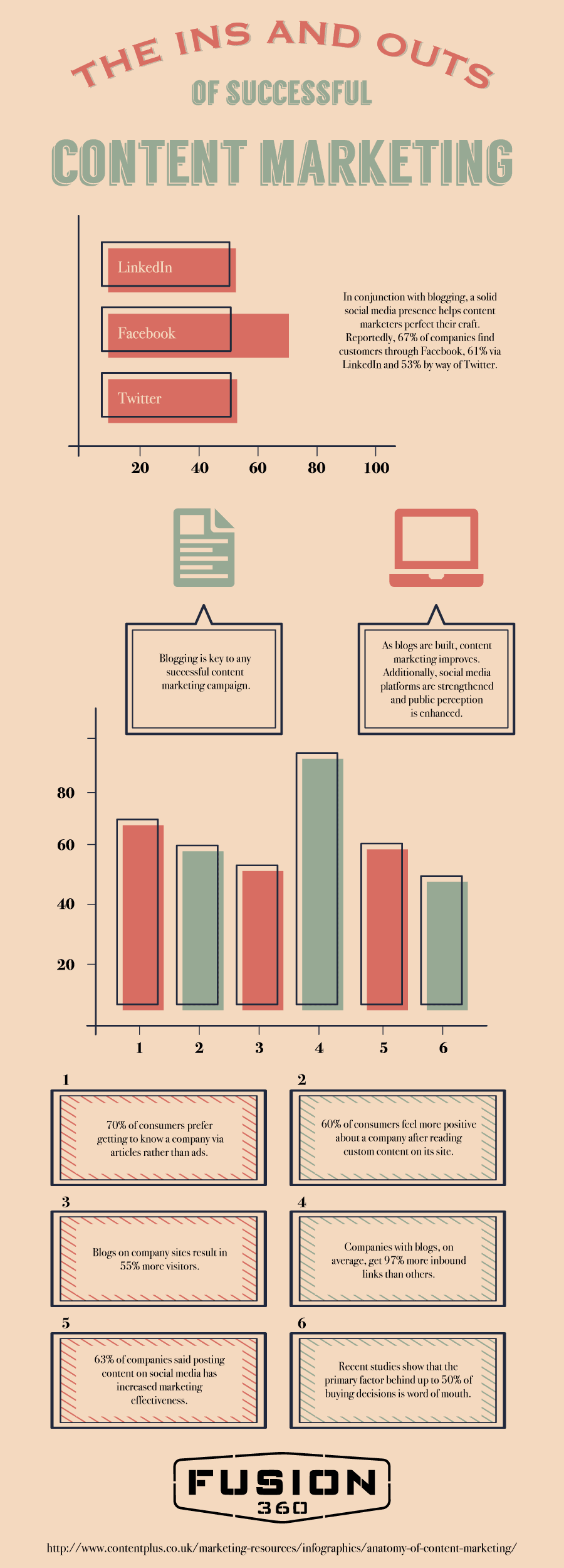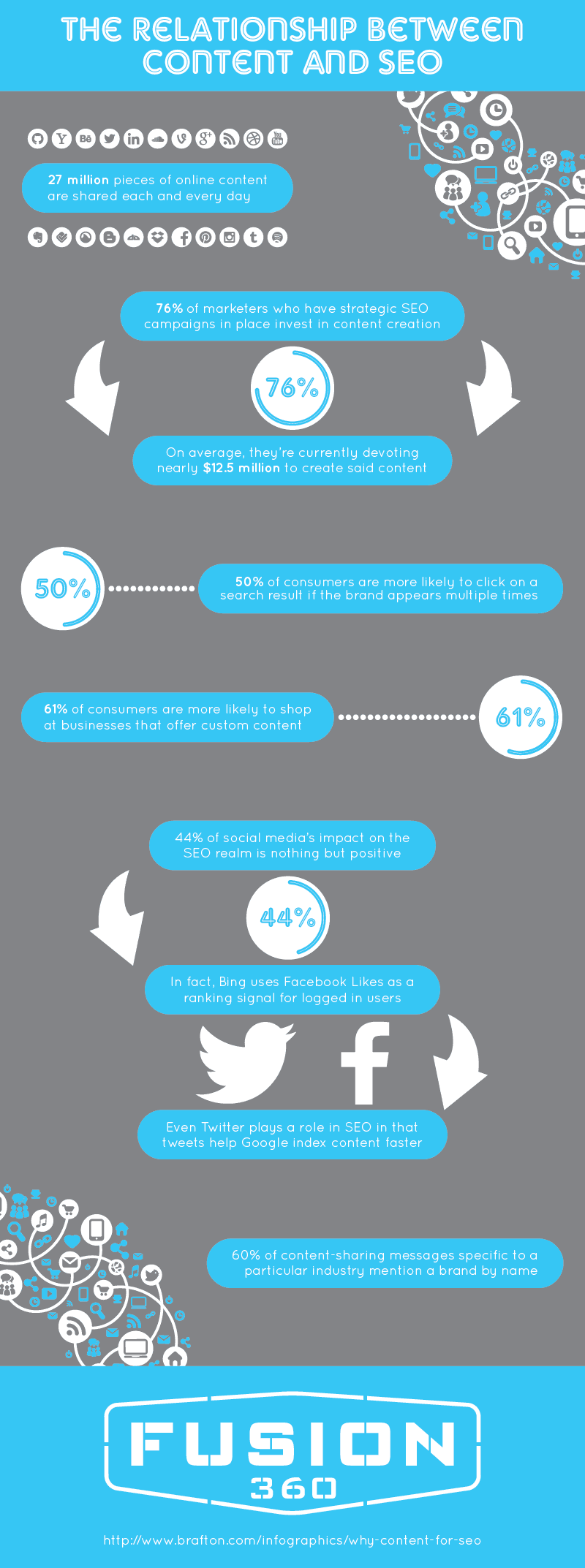Social media has transformed the world of digital marketing; realistically, it’s unlikely that it ever reverts back to what it once was. With mega social sites like Facebook and Twitter taking up mammoth chunks of time for worldwide consumers and marketing agencies with any kind of Internet access, it’s hard to imagine a better way to expand your brand’s market reach.
Consider the aforementioned industry leader of all things social: Facebook. Not only does it come fully-equipped with an impressive Alexa Global Traffic Rank of two, it’s pegged that Facebook brings in an estimated 900 million unique monthly visitors. Rounding out the World Wide Web’s best social media networks are Twitter, LinkedIn, Pinterest and Google+.
That being said, the best, most progressive social media strategies and marketing agencies shouldn’t be limited to the select few sites with which most people are familiar. There’ much more that, unbeknownst to many marketing agencies, has yet to have been tapped for advertorial excellence.
1) Tagged
Tagged is one of the top social networking sites in the world with a current Global Rank of 550 and a bounce rate of only 10.3%. Founded in 2004, Tagged has many features which make it similar to Facebook. Profiles are created and browsed through the site’s main interface. Additionally, once again—similar to Facebook—people are encouraged to post descriptive biographies, share interests and upload photos.
Perhaps you’re asking yourself the following: If so similar to Facebook, then why would any company target this site as a means through which potential clients be identified? Well, with the average visitor spending 20 minutes and 48 seconds on the site—not to mention the 18.6 registered members around the world—the community is clearly engaged and active. In order to more fully put things in perspective, the average online visitor abandons a website within a minute of arrival.
2) Quora
Arguably, Quora is the best question-and-answer website the Internet has to offer. Mimicking Yahoo Answers, the company was founded in June of 2009 and immediately saw tremendous growth. Between January of 2010 and January of 2011, Quora grew a whopping 37,000% in usership, giving the website around 160,000 users at the time. One short year later in 2012, Quora was valued at over $400 million.
Just as Tagged’s value comes from community engagement and passion, Quora has accomplished a similar feat. In fact, many American marketing agencies have made content marketing through Quora’s newly added blogging feature a staple of their respective publication strategies. Areas of audience expertise range from startups, entrepreneurship and venture capital to science and food. Impressively, Quora has been favorably published in the New York Times, USA Today, Time and The Daily Telegraph.
3) Yelp
Yelp is a review site with incredible mobile capabilities for both individuals and advertising agencies. Since it’s founding in 2004, the company has followed in the footsteps of other review companies like the Better Business Bureau and Angie’s List with booming success. Every day, people go online and talk about products and services that they’ve recently experienced. Apparently, there’s plenty of activity: Yelp averages 135 million unique visitors every month of each calendar year. As of October of 2014, there were 86,000 active business accounts on Yelp.
People can’t seem to get enough of the service. In 2014, there were 67 million cumulative reviews on Yelp. That’s about 26,380 reviews being posted every minute. By the third quarter of 2014, Yelp had over 73 million unique mobile visitors. What’s the end result of all of this, you ask? In short, impressive revenue spikes. On average, Yelp generates 200,000 business calls every day.
If you and your brand are looking for new social ground on which to stake a claim, never fear to venture outside of what most marketing agencies consider the best social media sites. Truthfully, there’s plenty left to discover.







